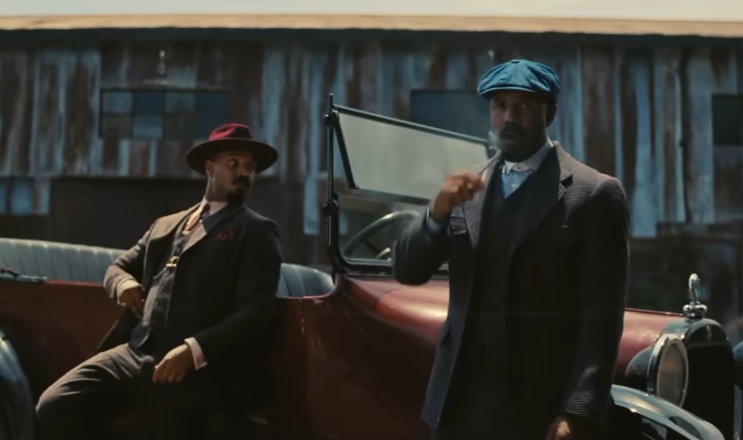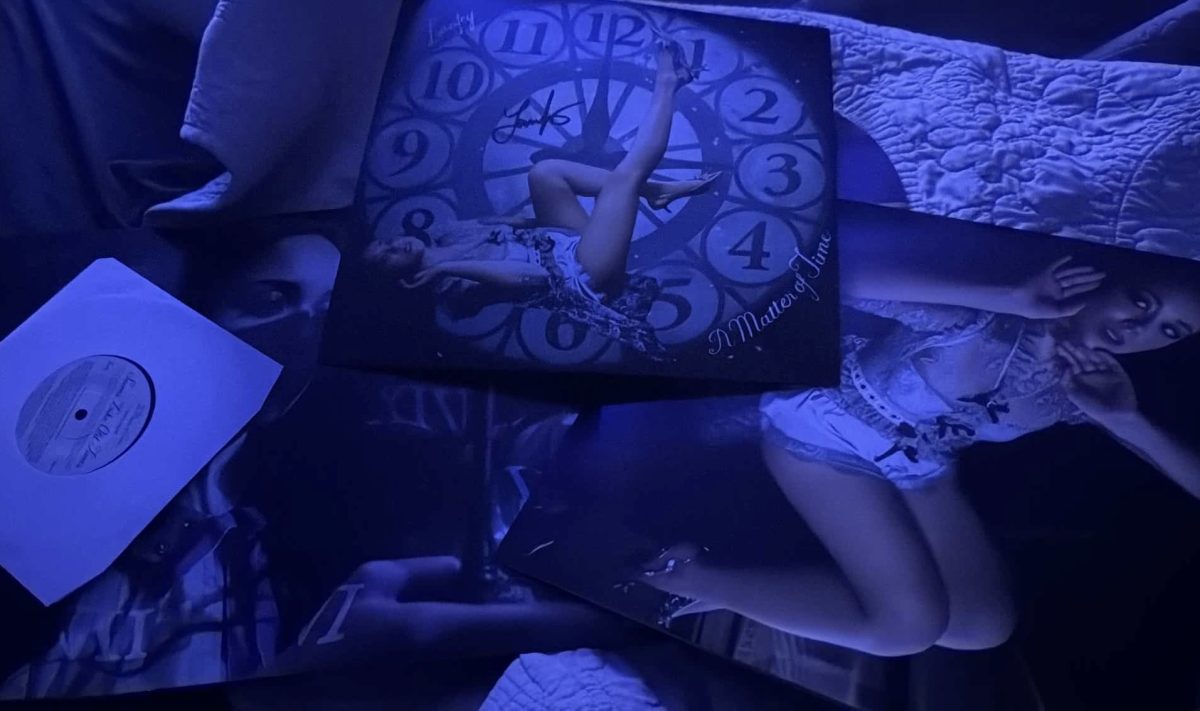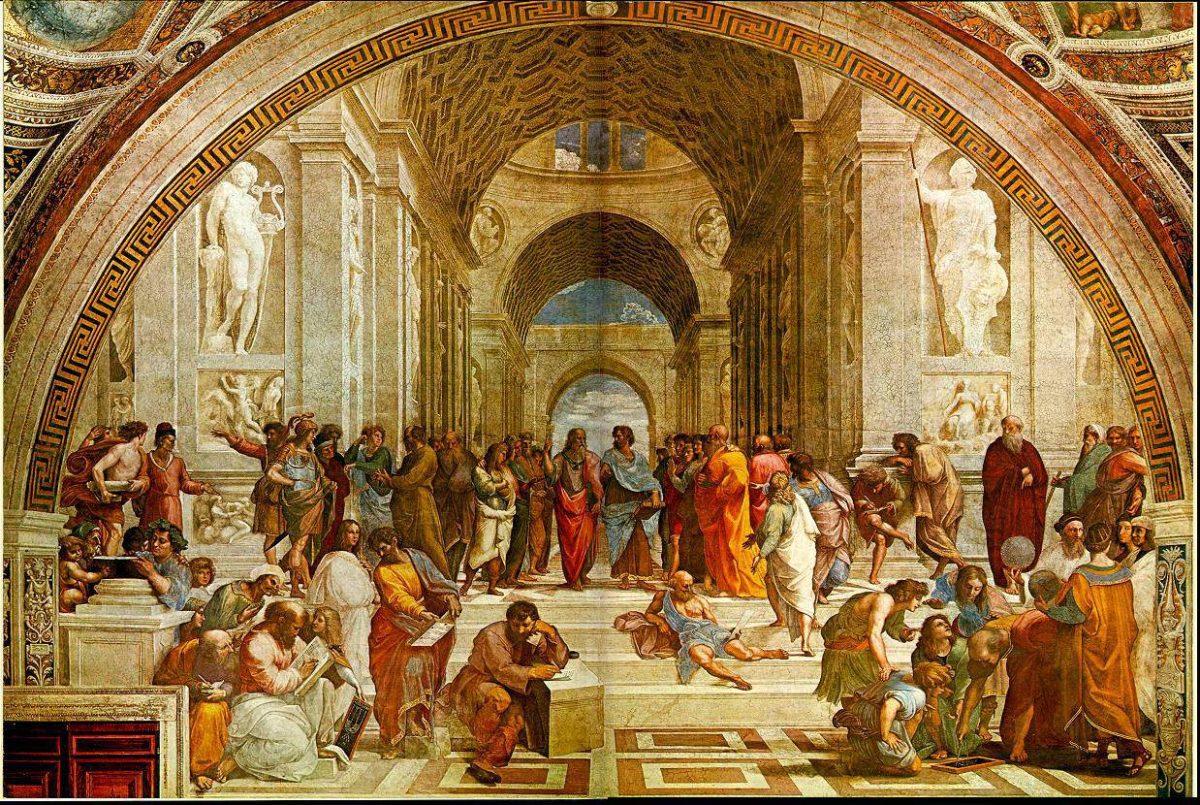Rarely do movies grant true access to their inner worlds: the wacky interpretations, the endless fan theories and the favorite scenes we argue about for decades. It’s even rarer for films tucked under the “rated R horror-thriller” label. Yet “Sinners,” Ryan Coogler’s bold Southern vampire epic, breaks all those barriers and more, positioning itself as an instant cult classic destined to age like fine wine.
Set in 1932 Clarksdale, Mississippi, “Sinners” follows twin gangsters Smoke and Stack, two sides of the same coin, differentiated only by their blue and red caps. Both are played masterfully by Michael B. Jordan, marking his fifth collaboration with Coogler.
From the heart-wrenching “Fruitvale Station” to “Black Panther” and the “Creed” franchise, Jordan and Coogler have built a body of work rooted in emotional depth and cultural understanding. “Sinners” might just be their most daring project yet.
The film weaves two compelling storylines. In one, Smoke and Stack aim to reclaim a crucial piece of real estate from a strangely compliant Klansman, dreaming of transforming it into a communal nightclub for the town’s working poor: Black youth, aspiring musicians, store-owning Latinos and Asians, and white mistresses alike.
The setting is not just a backdrop; it’s a complex chronotype of the 1930s Jim Crow South, complete with nearby plantations populated by Black prisoner-slaves and struggling sharecroppers, hailing as a constant reminder of the blues engulfing the setting. In a world stripped of material wealth, community becomes the only currency, and a solid foundation the film prides itself on.
The chemistry crackles on screen: Smoke’s complicated relationship with Annie, a hoodoo conjurer played by Wunmi Mosaku, simmers with tension and tenderness, while Stack’s fiery but toxic romance with Mary, portrayed by Hailee Steinfeld, burns equally bright. Their love scenes are raw, raunchy and deeply human, grounding the story’s fantastical elements in gut-wrenching reality.
Meanwhile, viewers follow Sammie, the preacher’s son and aspiring musician whose guitar riffs and soul-stirring voice shake the spirit world itself. His “fan-favorite” performance of “I Lied to You” conjures spirits from every era, in a cinematic moment that feels both timeless and brand new.
Of course, it wouldn’t be a vampire movie without a lurking bloodsucking threat. Jack O’Connell’s chilling portrayal of Remmick, the main vampire antagonist, electrifies the screen, leading a pack that preys on the town’s big opening night, with a desire to convert them to the darkness before sunrise.
Beyond its rich storytelling, “Sinners” is a technical marvel. Shot on Kodak’s opulent 70mm film, Coogler experiments with multiple aspect ratios, from laser projection to IMAX and even 4DX at select theaters, offering viewers an expansive, immersive visual experience. The blood-soaked visuals, especially the striking contrast of red against brown and white skin under an orange-tinted sky, turn every frame into a moving painting.
The soundtrack, curated by longtime Coogler collaborator Ludwig Göransson, only amplifies the film’s emotional undercurrents. Having built their bond since film school, the “Oppenheimer” composer and Coogler sync seamlessly, layering the movie’s haunting landscapes with soundscapes that are as sweeping as they are intimate.
Audiences and critics alike have rallied behind “Sinners.” Within a week of release, the film held a rare 100% score on Rotten Tomatoes, with glowing reviews flooding social media and major outlets. Many hail it as Coogler’s most daring and visually stunning film yet.
In a genre often overrun by clichés, “Sinners” reimagines horror with soul, history and staggering beauty. Whether you’re drawn by its audacious storytelling, magnetic performances or lush cinematography, one thing is clear: “Sinners” doesn’t just entertain; it haunts long after the credits roll.








